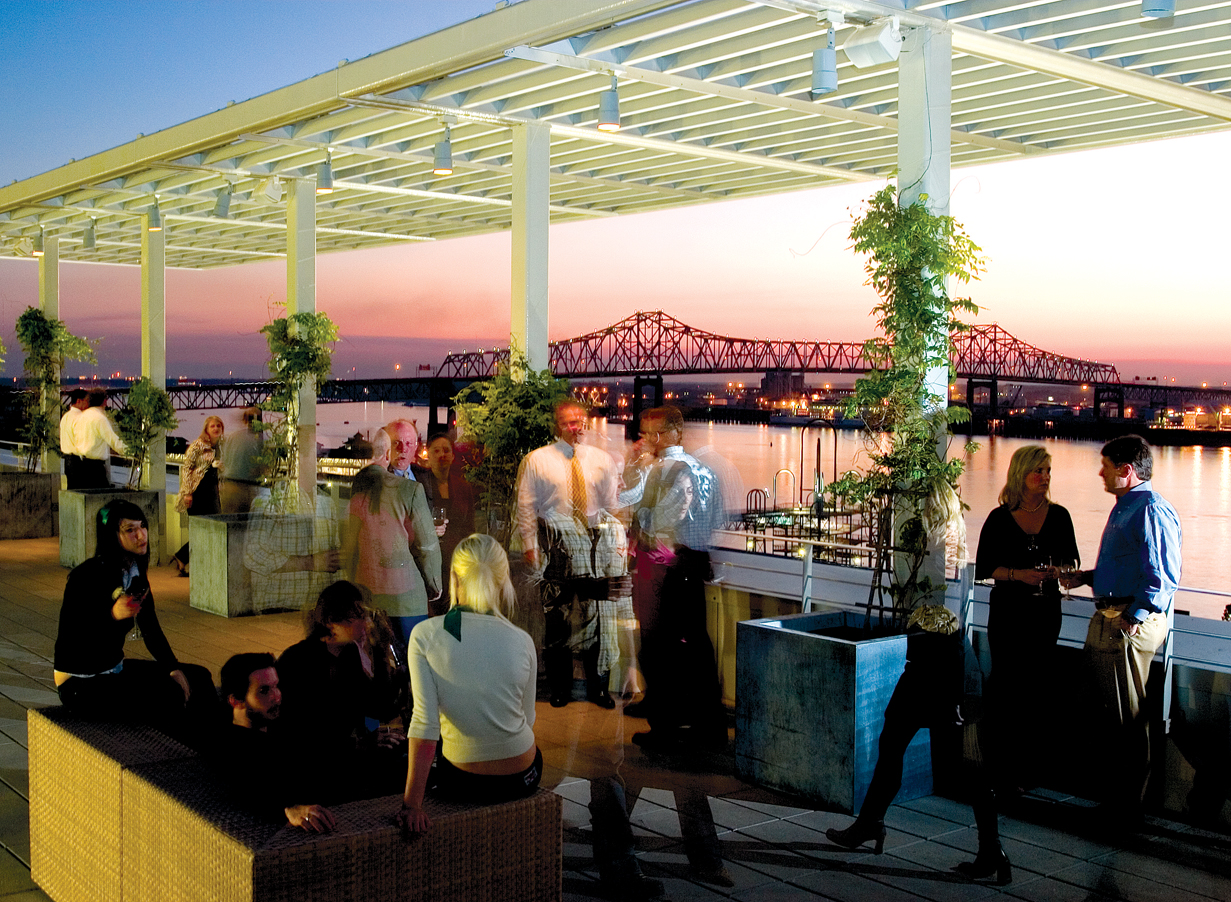
It feels like I’m (not even) in Baton Rouge
We’ve all said it before. We’ve all heard it before. Whether at a fancy event downtown or at a trendy new restaurant: “It feels like I’m not even in Baton Rouge!”
When the futuristic Shaw Center opened 10 years ago and locals made their way to the rooftop terrace of Tsunami: “It feels like I’m not even in Baton Rouge!”
At 225, we’ve been guilty of it as well—promoting some of our events as “New York City-style” or “L.A.-style” soirees in hopes people would feel like they were partying somewhere else.
|
|
Not Baton Rouge.
I’m no local. I grew up in Acadiana. I came to LSU, put in my—ahem—4.5 years and ran off for jobs in other places for eight years.
In that time, Katrina happened. The movie industry moved in. Downtown got a facelift. The restaurant scene started growing.

I used to lament that the reason I left Baton Rouge after college was because nothing ever happened here. Downtown was boring. There were cooler places to be. But I soon learned through stints in other places that a city is what you make it. You either find the cool things that are happening or you just aren’t looking hard enough.
That was sort of my mantra when I returned to Baton Rouge in 2012 to work for 225. I was surprised to find a markedly different city, and one I was anxious to rediscover.
But I was also surprised at how the city viewed itself in light of all those changes. It was still on track to becoming a truly great city; it was still on the verge of something. But it wasn’t quite there yet—or so I was told in stories I read, in the comment sections on news articles, in speeches from local leaders and conversations I had with residents.
Inevitably, we will always compare ourselves to our neighbor to the southeast. We want to redesign Government Street so it feels like Magazine Street. Rather than embrace the idea of a modern tram line along Nicholson Drive, we want a streetcar line that mimics the recognizable streetcars of New Orleans. New bars and restaurants are designed to have “a New Orleans feel.”
And when we aren’t comparing ourselves to New Orleans or even Lafayette, we want to be the Hollywood of the South or the next Austin, Texas.
Looking back on 225’s first issue 10 years ago, we all dared to ask the question “Is Baton Rouge turning cosmopolitan?” So maybe now, we should start asking the question “Are we finally OK with how far we’ve come?”
Of course, a city is forever growing and changing and facing new obstacles. We won’t ever truly be where we want to be. But we can at least stop wishing we were like other places and celebrate our own identity. We can embrace the things that make Baton Rouge unique.
What do we have going for us? We’re an underdog city, even to ourselves. We’ve got more eyes on us—as a technological hub, as a cultural hub, as a film industry hub, as a foodie hub—than we’ve ever had before. Yet, we’re still technically under the radar.
In a global society that always seems hungry for the next big thing, we’re sitting here loaded with potential and people willing to try something new. We aren’t a clean slate, by any means. But we’re building on top of what’s already here.
A city is what you make it, after all.
Benjamin Leger is the managing editor for 225. Email him at [email protected].
|
|
|

